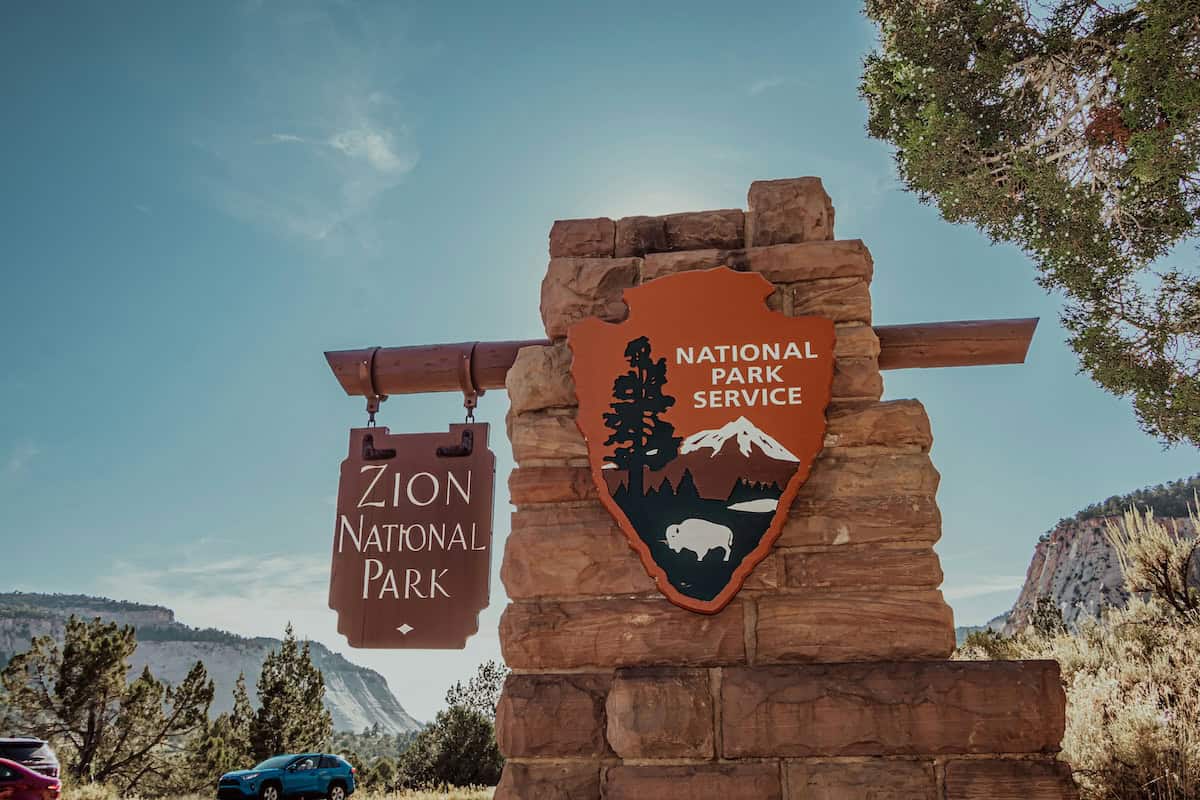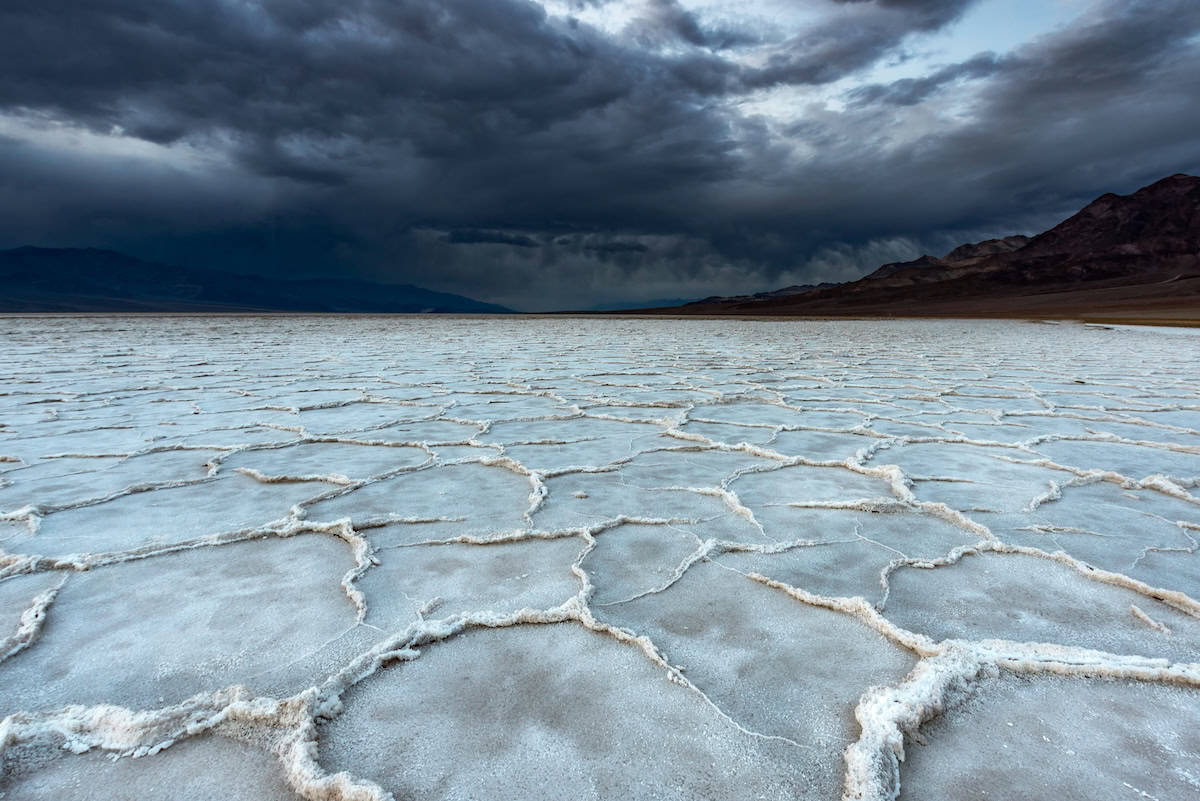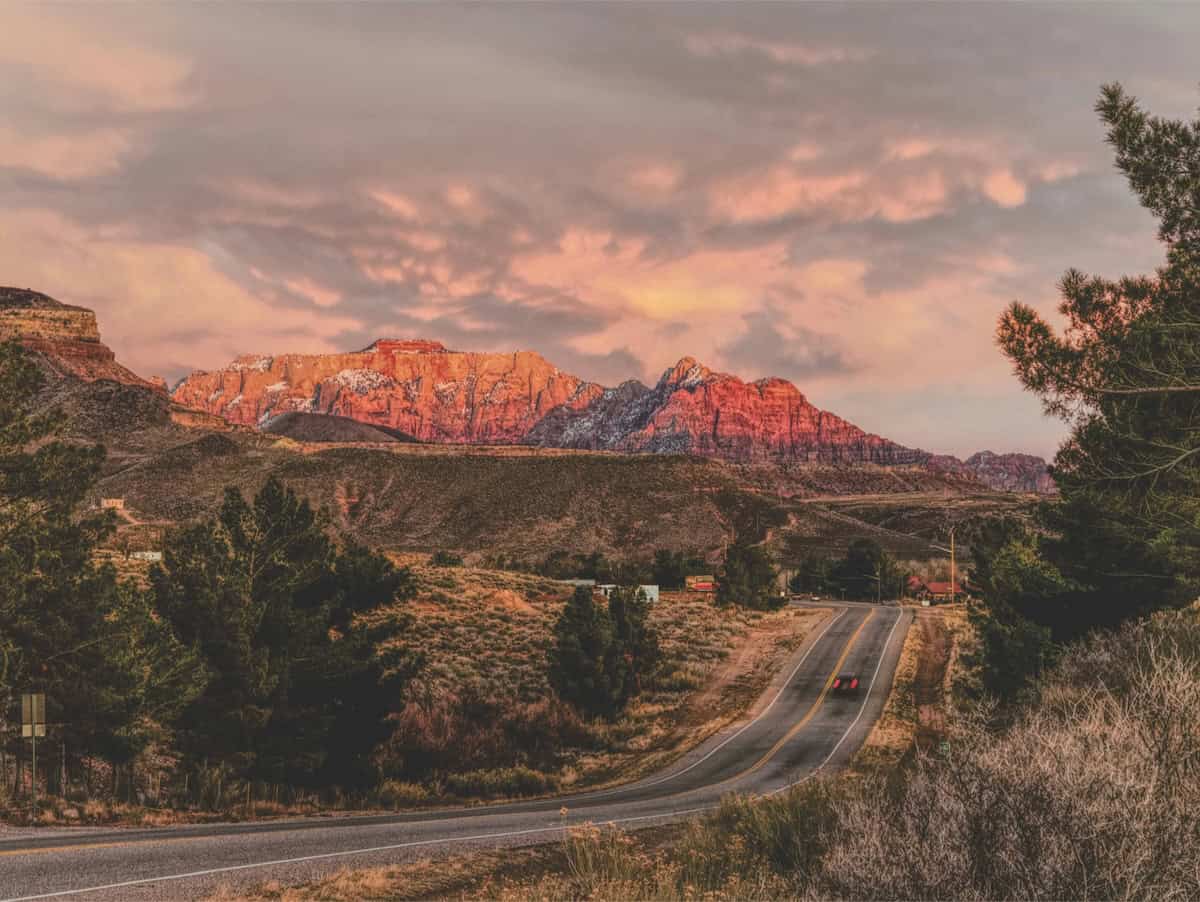
3 National Parks to Add to Your Winter Bucket List
By: Frayed Passport
Skip to Section
Most people visit national parks during the summer. Long days, warm weather, and guaranteed sunshine seem like the obvious choice for getting the most out of your trip.
But winter might actually be the better option!
Not every park handles snow and ice well, but some of America’s most famous destinations are a little easier to visit, less crowded, and even more beautiful once temperatures drop. Here are three national parks that belong on your winter bucket list.
1. Death Valley National Park

Photo by Tanya Nevidoma on Unsplash
Death Valley got its name from its brutal heat and harsh environment. Summer temperatures here regularly exceed 120°F, and the park holds the record for the highest temperature ever recorded on Earth at 134°F. Death from heatstroke is a real danger here.
Of course, winter is far less harsh in Death Valley National Park!
You won’t get a snowy wonderland if you visit between November and February, but you will get comfortable temperatures. Overnight lows occasionally drop to freezing, but daytime highs average around 73°F in February. That’s warm enough to be pleasant and cool enough to hike without risking your life to the heat.
During the winter, you can visit landmarks like Zabriskie Point and Badwater Basin without feeling like you’ve just opened your oven. You can walk through golden canyons and across salt flats while your neighbors are clearing snow out of their driveways. The park sits on the border between eastern California and Nevada, and winter is genuinely a fantastic time to visit.
2. Yellowstone National Park

Photo by Robert Merrill on Unsplash
If you do want a winter wonderland, Yellowstone delivers. The park stretches across 3,472 square miles of Wyoming, Montana, and Idaho, and it’s famous for geothermal features, dramatic landscapes, and wildlife including wolves, bears, bison, and elk.
Winter makes it even better.
Most roads through Yellowstone close from November through April, but key areas stay open year-round. Lamar Valley remains accessible and becomes one of the best places in North America to spot wolves in winter. Snow covers the valley floor, making it easier to see animal tracks and watch wolf packs hunt. The tourist crowds that descend on Yellowstone during summer disappear almost entirely.
The geysers and hot springs look incredible when steam rises against snowy backdrops. Old Faithful erupting in winter is a completely different experience from watching it in July when you’re surrounded by hundreds of other tourists. You’ll need warm clothes and possibly a snowmobile or snow coach to get around, but the trade-off is worth it.
3. Zion National Park

Photo by Matthias Mullie on Unsplash
Zion National Park in Utah welcomes about five million visitors every year, making it one of America’s most popular national parks. Summer crowds turn the shuttle system into a packed, sweaty nightmare, and every viewpoint is mobbed with people trying to get photos.
Winter is a bit different – far fewer visitors come to Zion between December and February, which means you can see the park without fighting through crowds. The main road through Zion Canyon typically requires taking the shuttle during peak season, but it opens to private vehicles in January, February, and parts of December. You can drive right through the canyon with snow-capped red rock cliffs rising around you.
The trails are quieter, the viewpoints are yours, and the winter light creates different shadows and colors on the canyon walls. You’ll need to check trail conditions before hiking, as ice can make some paths hazardous, but the accessible areas give a completely different perspective on one of the Southwest’s most dramatic landscapes.
Summer has its advantages, but winter lets you see these parks the way they were meant to be experienced: without crowds, without extreme heat, and without feeling like you’re part of a theme park procession. Pack warm layers and go when everyone else is planning their summer trips instead.
Featured image by Danika Perkinson on Unsplash
Information published on this website and across our networks can change over time. Stories and recommendations reflect the subjective opinions of our writers. You should consult multiple sources to ensure you have the most current, safe, and correct details for your own research and plans.
Frayed Passport is a participant in the Amazon Associates Program, an affiliate advertising program designed to provide a means for sites to earn advertising fees by advertising and linking to Amazon.com. We also may share links to other affiliates and sponsors in articles across our website.




